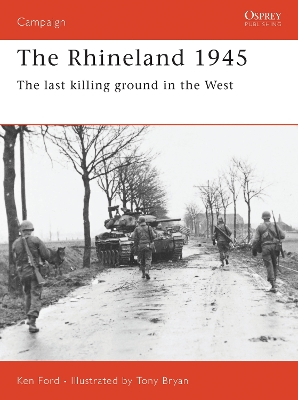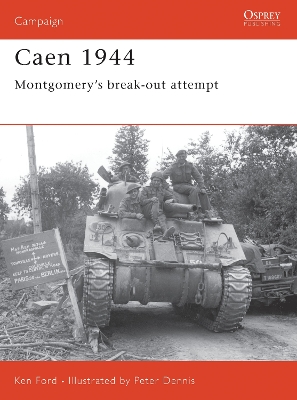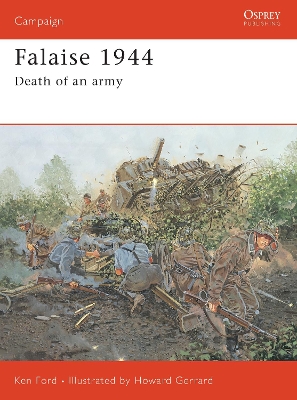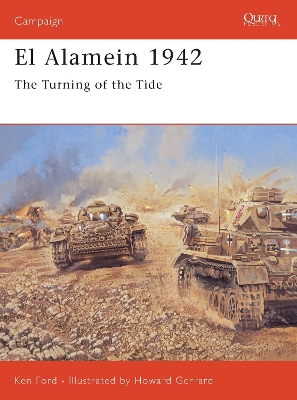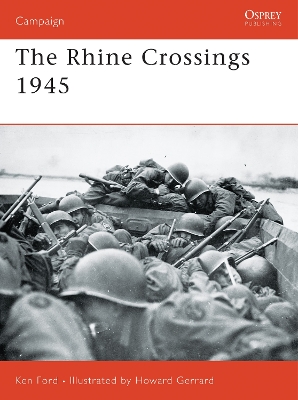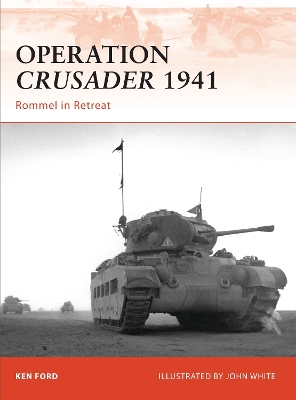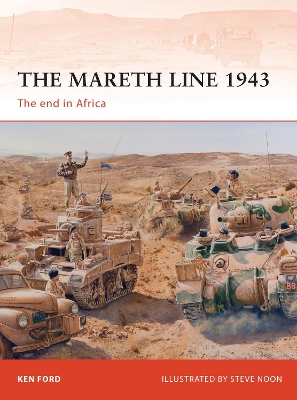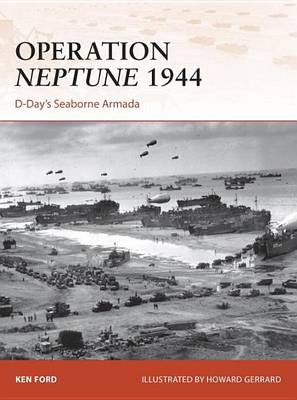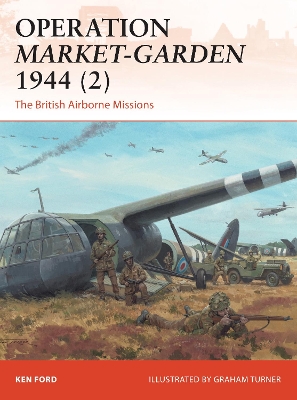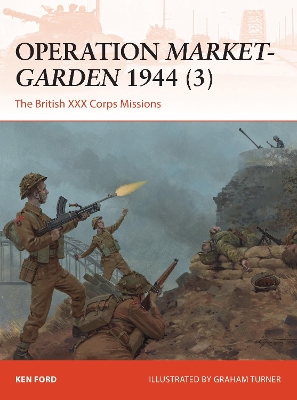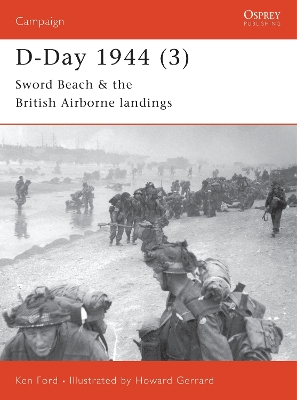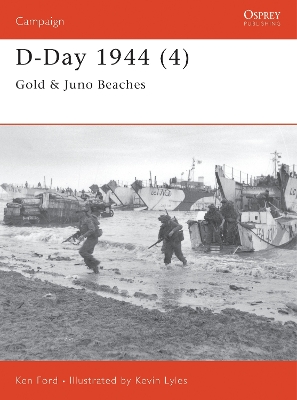Campaign
14 primary works • 19 total works
Book 74
Book 134
Book 143
Book 147
Book 149
Book 158
Book 163
Book 178
Book 189
Book 220
Book 250
Book 268
Book 301
Focusing on the role played by these British and Polish troops, Ken Ford examines Operation Market-Garden in its entirety, from the early planning through to the early setbacks and eventual catastrophic conclusion.
Book 317
Their objective along this road was the bridge at Arnhem, the target of British and Polish airborne troops. Once XXX Corps had reached this bridge it would then make for the German industrial area of the Ruhr. The operation was bold in outlook but risky in concept.
Using specially commissioned artwork and detailed analysis, Ken Ford completes this trilogy on Operation Market-Garden by examining this attack which, if successful, could have shortened the war in the west considerably. Yet it turned out to be a bridge too far.
Gazala was Rommel's greatest victory in World War II (1939-1945). After a period of stalemate in the desert war, during which both the British Eighth Army and the Afrika Korps had rested and regrouped, he carried out a daring flanking movement around the strong Allied defensive position. The British command could not match Rommel's masterly co-ordination of armor, artillery and infantry, even when encircled in an area that became known as "the Cauldron", and his outstanding generalship and a timely break-through by his Italian troops enabled him to win a clear victory after 16 days of fierce fighting. However, although the strategically important town of Tobruk quickly fell, Gazala was actually a high-water mark and failure to break the British at Alam Halfa two months later was followed by defeat for the over-extended Afrika Korps by the greatly strengthened Eighth Army at El Alamein.
In this important addition to the Campaign series' coverage of the North African desert war, regular contributor Ken Ford vividly portrays the "Desert Fox" at the height of his powers.
